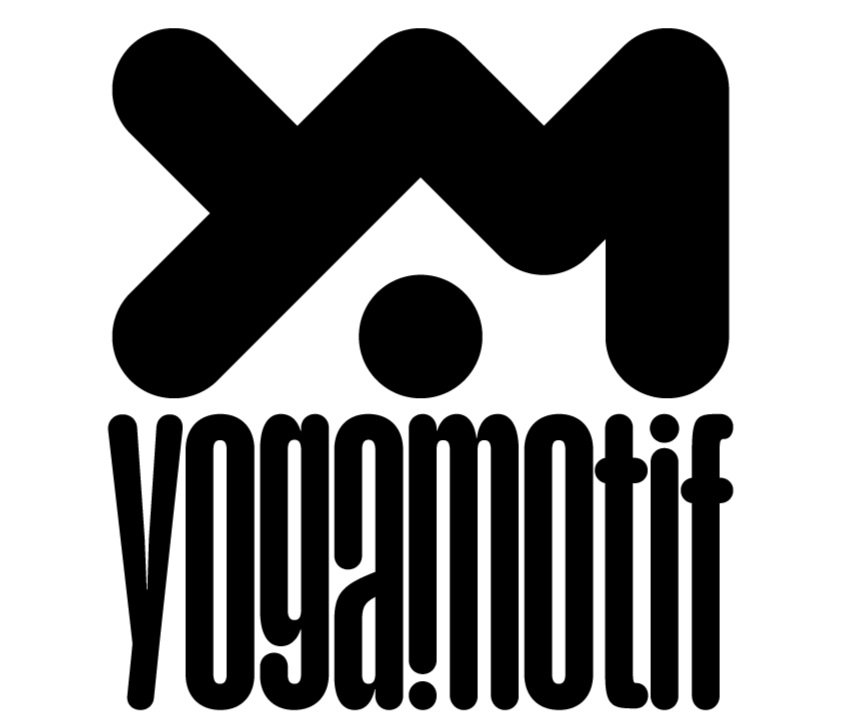Moving our Grief
Reflections for YOGAMOTIF teachers
MOVING OUR GRIEF
So often when we think of grief we think of the grief that comes with death. But in reality, we can experience grief with any type of loss. Grief is vast and multifaceted. It can show up any time we experience change in our lives, even the ones we are excited about. Because there can be loss even with the best of change.
In addition to our own personal experiences of grief, many of us are experiencing the collective grief that comes with being a human. A global pandemic, the realities of climate change, the impacts of the Imperialist White Supremacist Capitalist Heteropatriarchy (a phrase termed by bell hooks), all palpable and present in our day to day lives and impacting the way we move through the world.
What is grief?
Google this and you will get many definitions. The one that I find helpful right now is that grief is a natural response to loss. Grief itself is not an emotion, though it elicits many. Grief impacts our bodies, our minds, our hearts, our energy – every area of our lives. This natural response to loss happens to us whether we want it to or not. And it can be so hard, and there is no right or wrong way for it to look.
Grief and our bodies
Our emotions can live in and get stuck in our bodies. You may be able to think of times you’ve experienced this. For example, a feeling of a knot in your throat, shoulder pain or a headache after a stressful day, and a nervous stomach are all ways that our bodies let us know that something is up. Grief can function in the same way.
We can practice noticing and naming what’s there for us. What feelings are coming up? What type of energy is that feeling carrying? Is it high or low? Heavy or light? Are there any other qualities there that you can name? Use this information to figure out how you can move in a way that supports you. This may seem simple, but it’s not always easy. Be gentle with yourself!
Once you’ve figured out what’s there, choose the type(s) of movement that feels right. Below are a few suggestions and you’re invited to take what works and leave what doesn’t.
PRACTICE: Take some time to think about or write down what activities or movements that you do or would like to do in each of these categories that may or may not be on this list for the next time you need it.
On the ground
These are our low and slow movements. This may look like a few stretches in your bed or seated in a chair, a slow walk, rocking a bit from side to side, simple spinal movements, and supported and intentional rest (like restorative yoga poses). This is the time to keep our feet on the earth and be supported. In fact, the more points of contact with the ground the better! These are great on days when you feel a little heavier and don’t feel like doing much.
With the wind
These movements are for the days when you’ve got a little extra you need to move. Maybe anxiety or anger is present, this energy generally feels a little higher. These activities may be something like running, dancing, jumping/shaking it out, playing tennis, digging garden beds at your community garden, and riding a bike. This is the time to get your heart rate up, think about bigger movements with your body, and work your muscles a little bit.
In the weeds
Inspired by the actual act of pulling weeds, these movements are repetitive and allow your brain and body to focus on the activity. This could be something like pulling weeds or planting seedlings, knitting, doodling, coloring, rocking in a chair or even something with bigger movements like climbing or kayaking. This type of movement has a rhythm to it and can help calm our brains and may support us in feeling a little more centered.
If it feels like too much to remember any of this in the moment, remember that we are all complicated house plants. Have you given yourself water today? Some sunshine? Opened a window for some fresh air? Spent time with your community? Take a moment to touch back in with your basic needs, and find one simple way to support you in the moment.
If you feel like you need more support, there are always resources available.
For University of Pittsburgh Students
Pitt Counseling Center https://www.studentaffairs.pitt.edu/cc/
Pitt Stress Free Zone https://www.studentaffairs.pitt.edu/shs/stressfree/
Call or Text 988 for the National Suicide & Crisis Chatline https://988lifeline.org/
This reflection is a part of Spring into Wellness, A funded project through the University of Pittsburgh’s Office of the Provost and its 2022-23 theme, the Year of Emotional Well-Being. This three-part Spring into Wellness project includes in-person classes, a 31-Days of Creative Wellness virtual routine, and a weekly inspirational newsletter.



